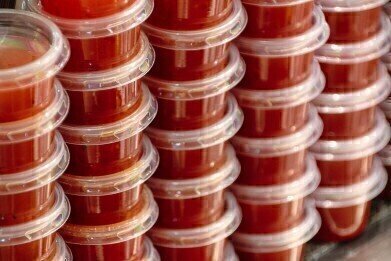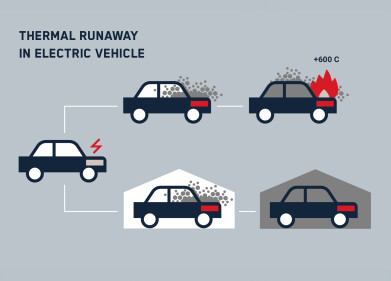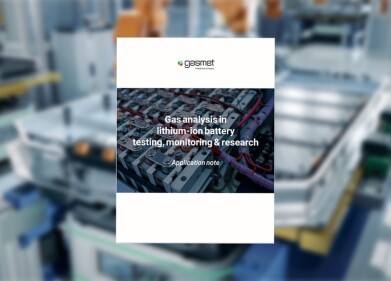Health & Safety
How Is Plastic Food Packaging Tested?
Oct 27 2022
The first manmade plastic dates back to the end of the 19th century, but its widespread use in the food and drink industry has really accelerated in the last 50 years. However, as our knowledge of the potentially harmful effects of, say, drinking water from a plastic bottle or heating up leftovers in a plastic container has increased, so too have the regulations surrounding plastic packaging.
Nowadays, material producers, processors and product manufacturers all have to meet strict legislation in order to guarantee the plastics they use do not leach harmful chemicals or toxins into the food and drink they package. Specifically, the EU Plastic Regulations (introduced in 2011) govern this issue and although the UK has since left the bloc, it is still bound to the same legislation. The rules are composed of the following areas:
Authorised substances
In 2011, the European Commission produced an exhaustive list of exactly which substances are authorised for use in the production of plastic. This includes things like monomers, production aids and other additives and also delineates whether or not each substance carries a specific migration limit or residual content limit.
Overall migration limits
This test ensures that the cumulative amount of substances which have migrated from the plastic packaging to the food does not exceed 10mg/dm2. Various different food simulants are used throughout the testing process to gain a broad overview of how the packaging behaves depending on the oiliness, fat content and other physical properties of the food.
Specific migration limits
Next, individual substances are tested to assess how much of them has migrated to the food from the plastic. These include the monomers and additives listed above, as well as plasticizers and solvents which are used to adapt the packaging to its purpose. It’s important to ascertain they do not migrate en masse to prevent accumulation of forever chemicals and other unwanted toxins.
Non-intentionally added substances (NIAS)
As well as those substances which constitute part of the manufacturer’s recipe for the plastic they produce, the sample must also be tested to ensure it does not contain any by-products or accidental ingredients accrued during the process. These include impurities, degradation elements or reactionary chemicals and substances.
Declaration of Compliance (DoC)
Plastic packaging which satisfies all of the above legal requirements will receive a Declaration of Compliance (DoC), which certifies its quality and safety. This is initially issued to the manufacturer of the material itself, but its journey does not end there. Instead, it must follow the packaging through all stages of its lifecycle, including processors and food producers. Retailers do not need to obtain a DoC but everyone else involved in the supply chain does.
Digital Edition
AET 28.2 April/May 2024
May 2024
Business News - Teledyne Marine expands with the acquisition of Valeport - Signal partners with gas analysis experts in Korea Air Monitoring - Continuous Fine Particulate Emission Monitor...
View all digital editions
Events
Jul 30 2024 Jakarta, Indonesia
China Energy Summit & Exhibition
Jul 31 2024 Beijing, China
2024 Beijing International Coal & Mining Exhibition
Aug 07 2024 Beijing, China
IWA World Water Congress & Exhibition
Aug 11 2024 Toronto, Canada
Aug 25 2024 Stockholm, Sweden and online









.jpg)








